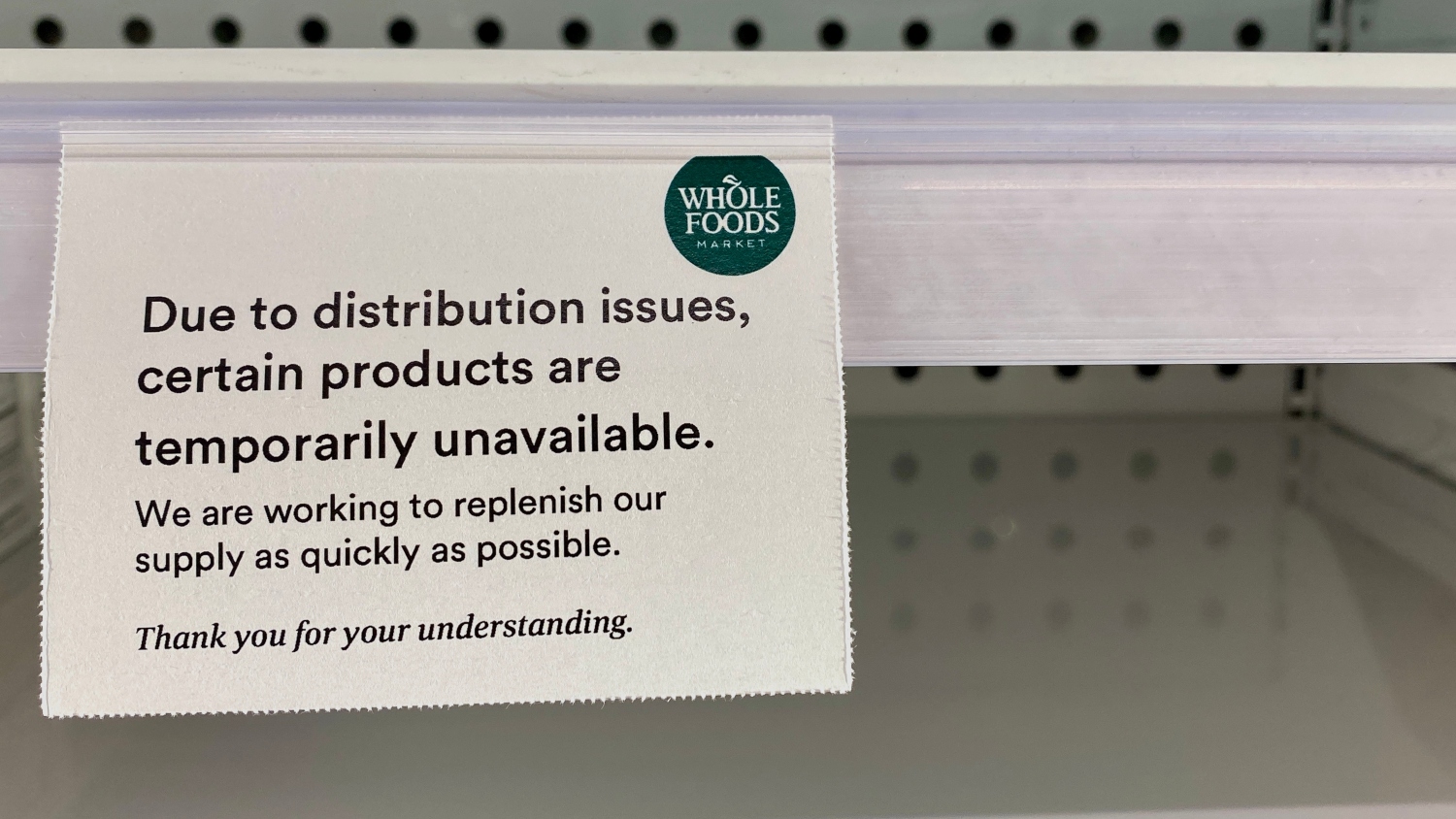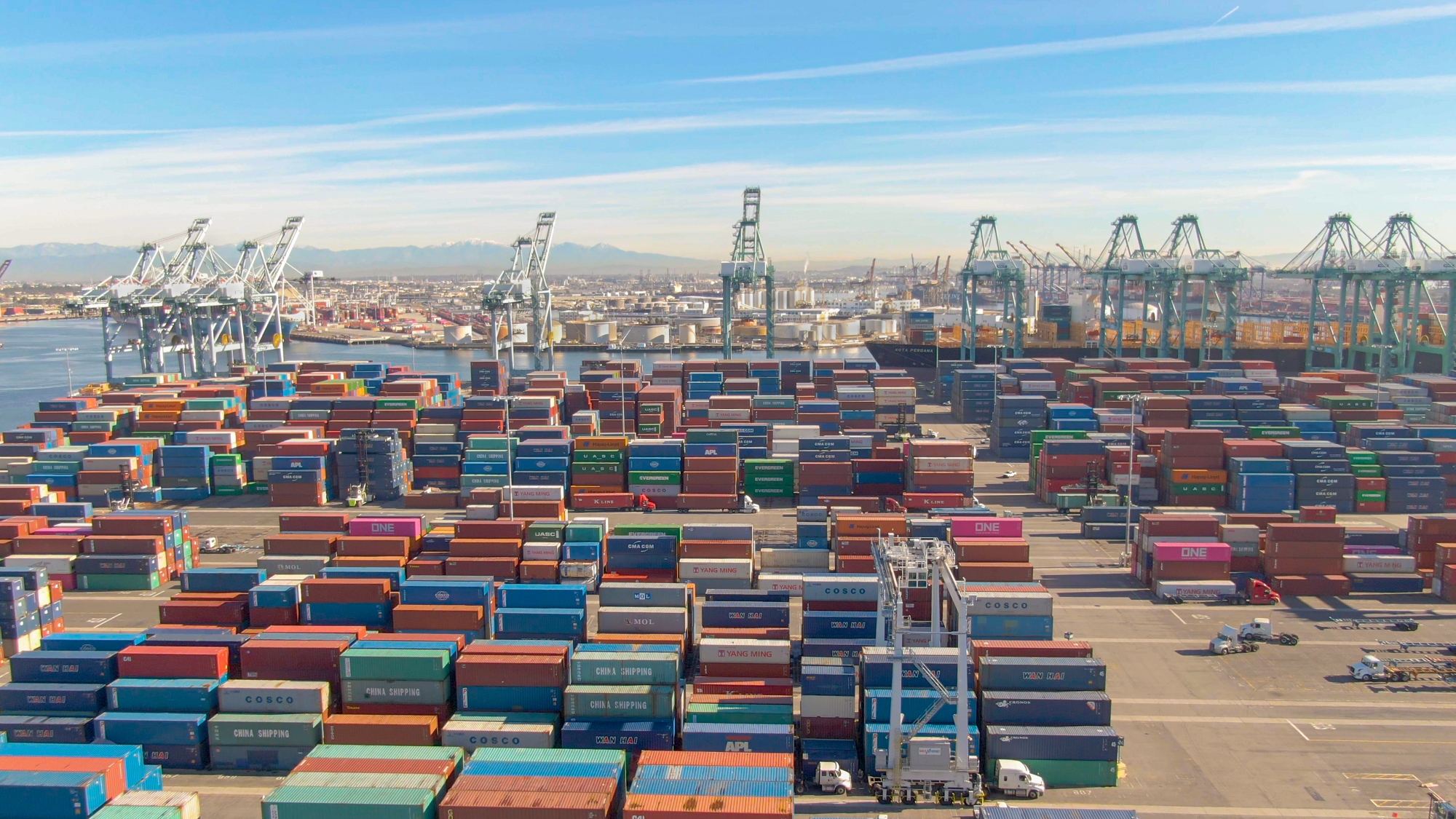Driving Change in the Pharmaceutical Industry: Logistics – Part I
I recently sat on a panel with a number of other pharmaceutical executives, discussing some of the challenges facing this industry. A number of interesting discussions came up.
Little Incentive for Reducing Inventory
First, pharma must continue to meet its ethical requirement of providing medicines to people all over the world to fight disease and suffering. Second, service requirements dictate that out of stock situations are unacceptable – with the dollars required in R&D to bring products to market, when it finally arrives, anything less than 100% fill rates are unacceptable. The margins on pharma products are exceptionally high, but the lifespan of patents is limited, so pharmaceutical companies are willing to spend anything to stay in supply. Third, pharma companies generate huge quantities of cash – so cash flow and cash generation is not really very important. Deploying strategies to reduce the cash to cash cycle thus often falls upon deaf ears. Third, margins are so high, executives would be foolish to not want to protect that. The result? Senior executives are reluctant to reduce inventory, with the result that exceptionally long cycle times and lots of inventory exists in the supply chain.
Counterfeit Drugs and Security
In addition, the threat of counterfeit drugs entering the marketplace is greater then ever. A recent report in the Wall Street Journal noted that in several scams, drug companies have had drugs enter the supply chain because new technologies make it easy to fake prescription drug labeling, and because the high price of drugs in the US has fueled demand for cheap suppliers. For example, Pfizer had a case where its cholesterol drug, Lipitor, recalled as many as 200,000 bottles which a total market valoue of about $55 million, containing fake pills from outside the US. In another case, counterfeiters targeted Johnson & Johnson’s anemia drug Procrit, in which the vials containing the lowest strength of the medicine were affixed with a label for the higher strength, (a $428 difference in value per bottle). The number of cases of counterfeiting by the FDA has risen from 4 in 1998 to over 22 in 2002.
Outdated Manufacturing Sites
Pharmaceutical manufacturing was born in the pharmacy. Up until the 1930’s, pharmacists were still mixing powders and vials, and making tablets in their own pharmacies for delivery to customers. As these pharmacists grew, the next logical extension was to make the first factories using updated versions of the equipment used in the pharmacies. This tradition continues up until this day. For example, if you walk into a GSK primary manufacturing site, you will note a large V-shaped mixer for mixing chemicals that is the larger version of a miniature model used in the pharmacy for the exact same purpose! Further, the ability to drive change is limited, as the FDA is reluctant to approve any changes that may affect product quality. This position has recently been reverse, and the FDA is now allowing companies such as GSK to introduce new and innovative manufacturing that are not only more efficient, but which will in effect improve reliability and quality of pharmaceutical products.
Parallel Trade
The recent spate of selling pharmaceuticals from Canada into the US is only the tip of the iceberg. Canadian pharmacies were buying drugs at a lower price negotiated by the Canadian government, and selling them across the border into the US where pricing is higher. This also occurs between borders in Europe between large wholesalers, as well as through black market transactions in developing countries. The danger here is that pharmaceutical companies lose the ability to know where these drugs are coming from – which is one argument for RFID technology.
Complex Network Design
Controlling the supply chain is becoming every more difficult. At companies such as GlaxoSmithKline, over 40,000 SKU’s are distributed worldwide, which in some cases includes some very specialist products. A wide range of distribution channels exist , including those which proceed straight to the doctor, retailer, wholesaler, or other channel. Reducing finished goods is also challenged by the size of this network – GSK has over 350 factories they don’t own producing goods, as well as 350 which they do own, located in every market in the world – creating a complex supply chain with over 10,000 nodes! This is very expensive to manage – especially when the emphasis on placing drugs in the right place at the right time is so critical.
Given these challenges, deploying supply chain management and logistics strategies has historically been a challenge. However, the world is changing. These margins won’t always be around, and the cost of healthcare is such that society can’t continue to pay. Access to medicines in the third world is becoming a critical issue in the popular press, and to do it effectively, pharmaceutical companies will have to bring their costs down and meet that need efficiently.
Given these challenges, what are logistics leaders in the pharmaceutical business doing to drive change into their organizations?
1. Educate the upper levels of management.
Change begins with educating senior executives about what it is costing them to drive change. GSK has established a cash to cash measure in place, which took almost two years to put in place. This brought about the realization of the huge amount of waste in the system. The importance of price management techniques were also brought to the forefront.
2. Create a strategic vision.
To go someplace, you have to have a good sense of where you want to go. Thus, a strategy that provides a plan for how to align supply and demand management, which establishes required levels of capacity, product volumes, and costs is a good place to start.
3. Create a means for sharing information around the globe.
It is critical to identify the types of information that will be required, how it should flow, and identify processes to enable the information to arrive to the right people at the right time, as well as what they are responsible for doing with that information when it arrives. Creation of a global network for linking people online is instrumental in linking up people around the global. This is especially critical to manage demand volatility, such as during the last SARS epidemic. As the global community grows tighter, working in countries such as China becomes more feasible, and factories around the world can be linked through foreign nationals connected to the GSK network.
4. Focus on operational excellence.
An important part of driving improvement is creating a process for identifying best practices in transportation, stocking, and quality of compliance (temperature controls, etc.), so that people understand what is expected of them. This also includes putting in processes for cross-border trade, tariffs, customers and excises, as well as regulatory aspects.
5. Consensus forecasting
This approach to forecasting establishes a process for how businesses agree on what is to be sold. The process requires manufacturing, sales, marketing, and distribution to agree on a forecast. Forecast accuracy has been shown to improve from 30% to 65% over a 12 week forecast in the pharma industry, but there is still lots of work on what to do in the future.
Reference:
(1) FDA Targets an Upsurge in Fake Drugs”, By Anna Wilde Mathews and Scott Hensley”, Wall Street Journal, Thursday September 11, 2003, p. B1.
- Categories:


